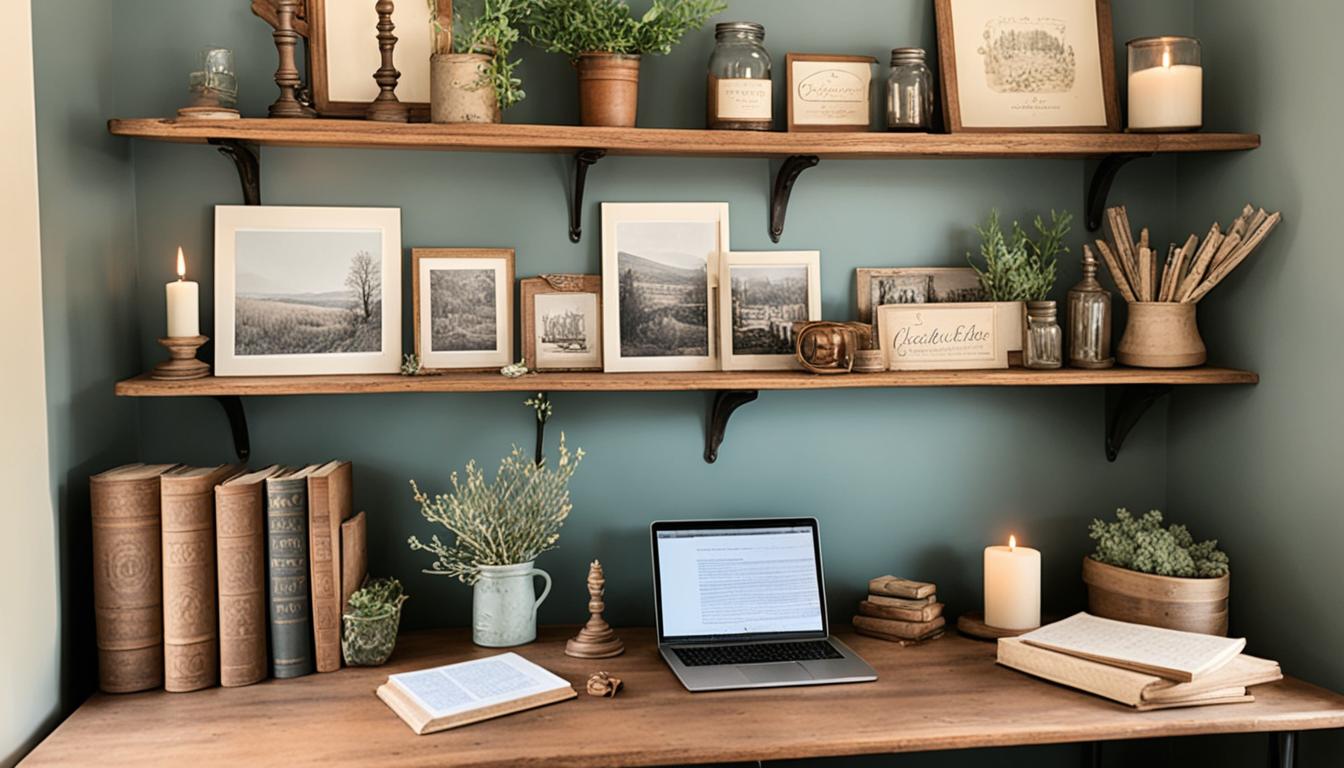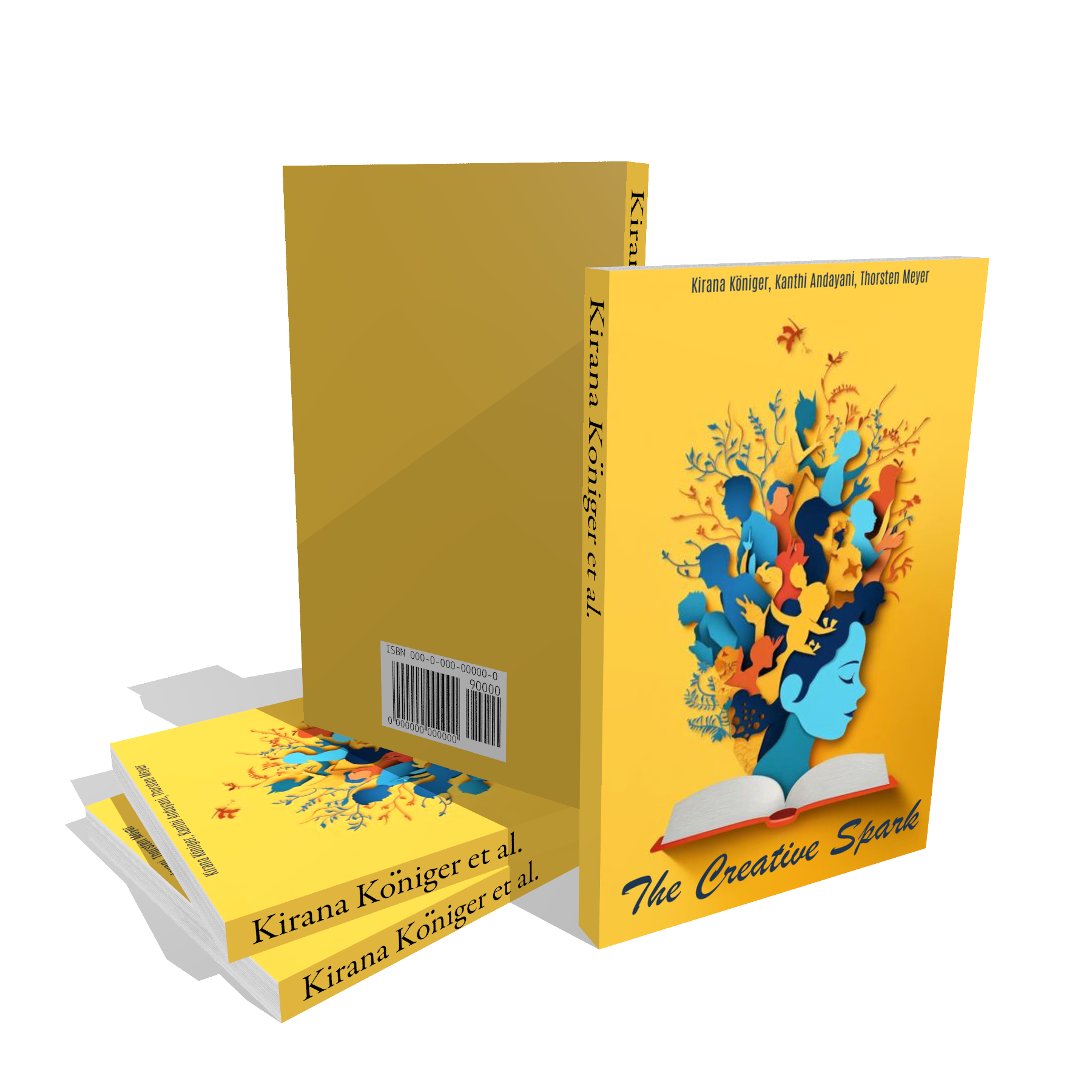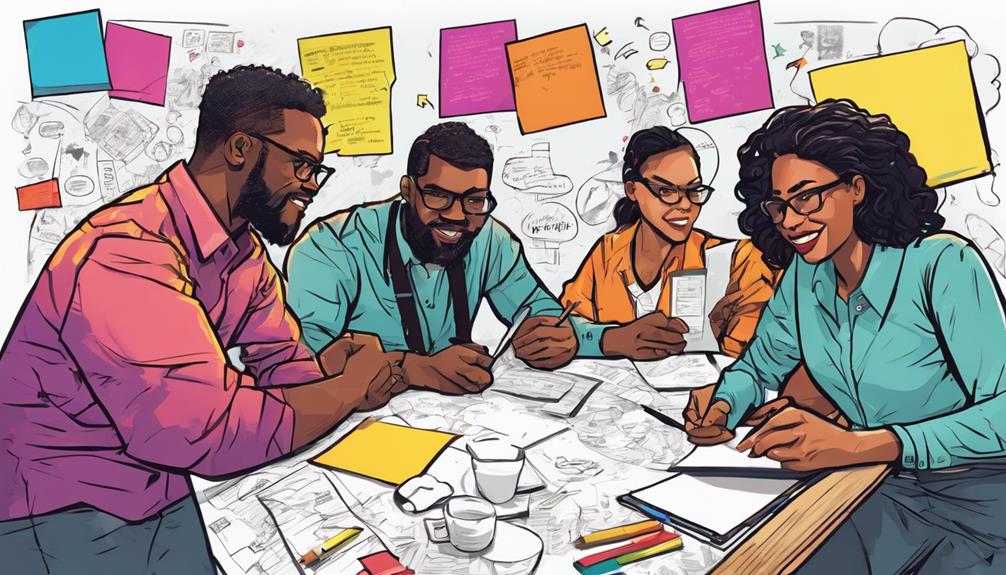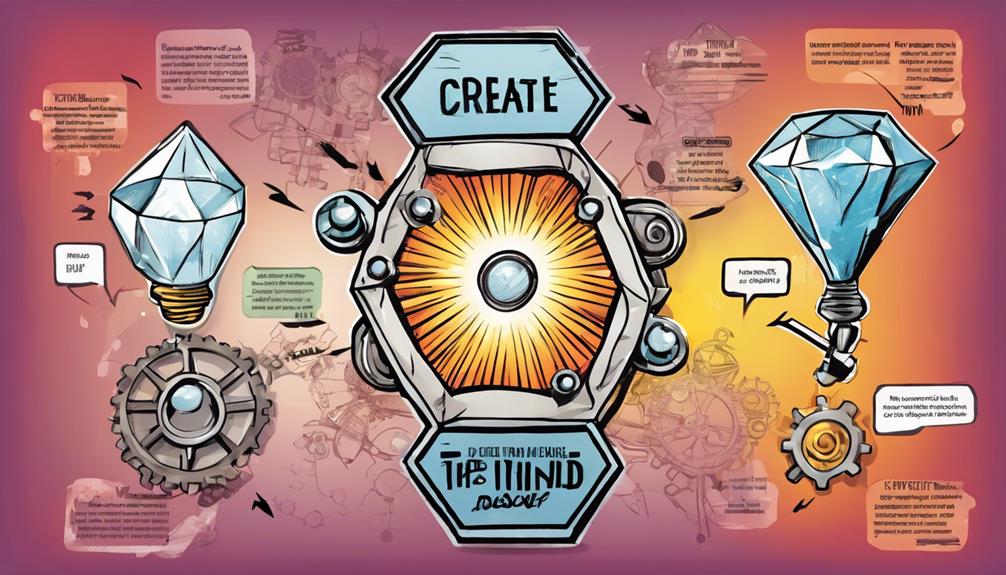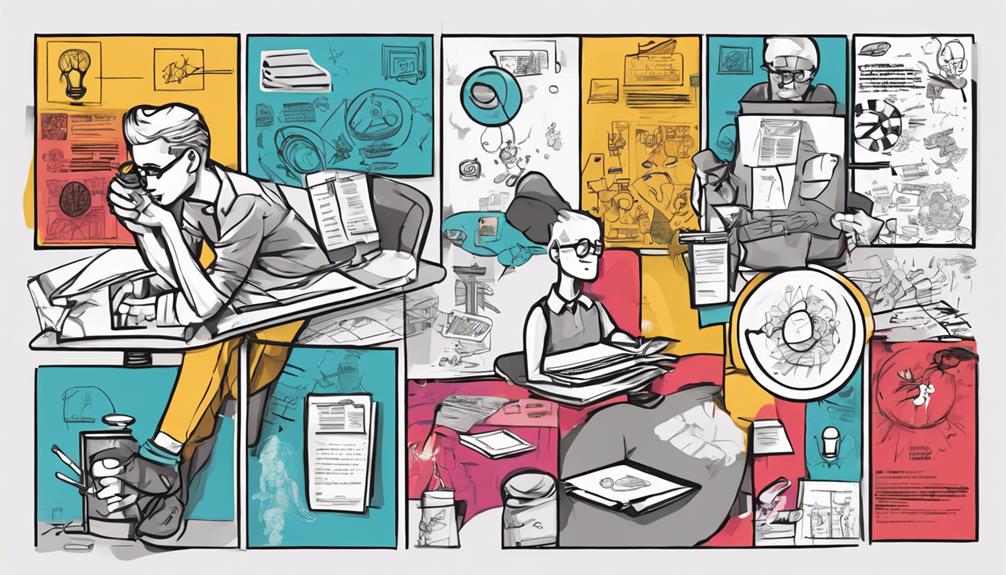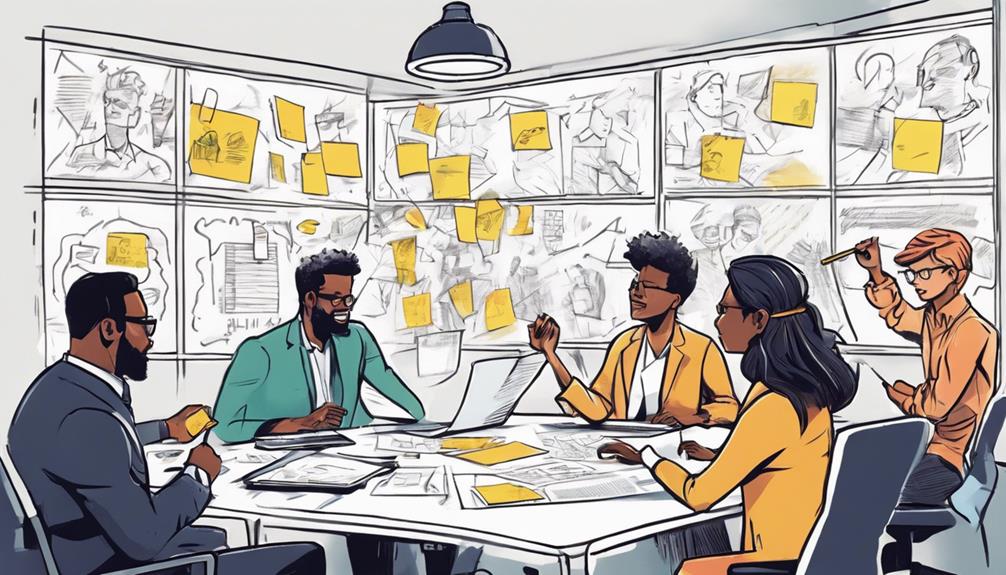Picture this: you step into your workspace and it’s suddenly more peaceful. The cottagecore home office concept invites you to craft a cozy workspace. It mixes rustic charm with comfort. In our busy world, imagine turning your office into a calm retreat. This style is all about simplicity and nature. Imagine rustic wood, plants, and soft lights. These not only make your space look good but also help you work better. With this beautiful style gaining popularity, let’s make your office a place you love, one detail at a time.
Key Takeaways
- The cottagecore aesthetic blends rustic charm with warmth and simplicity.
- Transforming your office can enhance productivity and creativity.
- Visual elements like botanical decor and soft lighting contribute to a cozy workspace.
- There are various cottagecore desk ideas available on platforms like Pinterest.
- The cottagecore aesthetic appeals to diverse interests, including vintage and nature-inspired designs.
- Integrating personal touches can make your workspace uniquely yours.
Understanding Cottagecore Aesthetic
The cottagecore aesthetic comes from a love for countryside life. It shows a rustic style full of nostalgia. This trend loves vintage looks, like fields of wildflowers and storybook cottages. It connects us to nature. Cottagecore has become super popular in fashion and home design in the last ten years.
- Abundantly beautiful gardens that celebrate simple living.
- Cottage-style interiors filled with organic materials like linen and stone washed cotton.
- Indoor plants and fresh flower bouquets that bring the outdoors inside.
- Mixing modern and vintage elements to create unique, personalized spaces.
- Cozy and layered textiles, including floral patterns, vintage rugs, and comfy quilts.
This style is all about comfort and warmth, reminding us of the English countryside’s charm. It makes us slow down and enjoy life’s beauty. By adding cottagecore to our living spaces, from art to decor, we seek peace and simpler times. Making your space cottagecore friendly makes it welcoming, calm, and full of charm.
Why Choose a Cottagecore Home Office?
A cottagecore office is more than just pretty. It makes working from home comfy and peaceful. This setting is perfect for thinking up new ideas and getting more done. With its nature-inspired look, it’s easy to love your workspace.
Having a cozy space helps you focus and lowers stress. This kind of office lets you work better and enjoy it too. Everything in it is chosen with care, making it feel truly yours and super functional.
Cottagecore lets you mix old treasures and meaningful decor. Each piece tells a story, adding warmth to your day. Natural materials and bold flowers make your office one of a kind, changing how you see work from home.
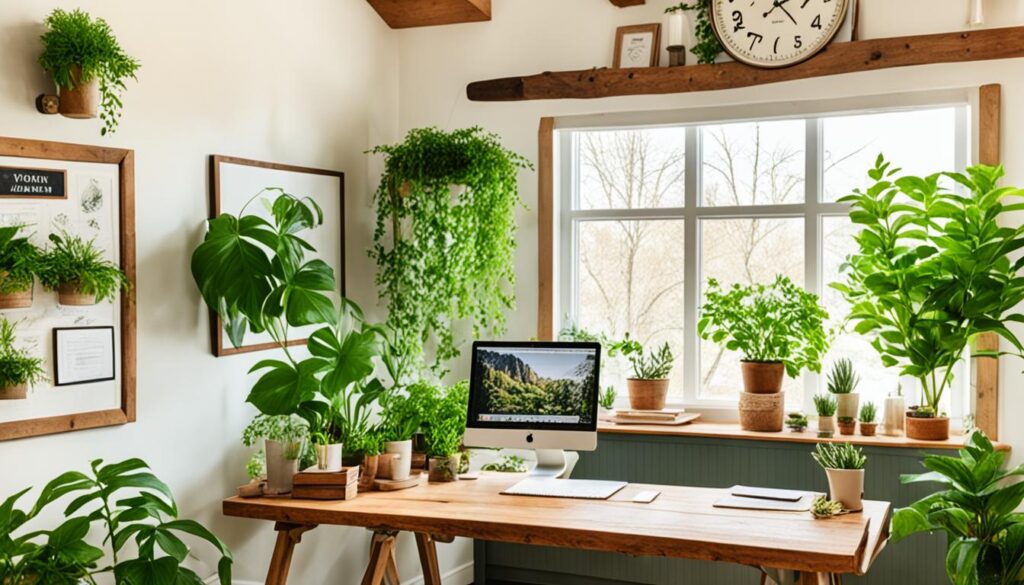
Mixing patterns, colors, and textures makes your office calm and boosts creativity. Slow decorating means taking your time to make it perfect for you. It becomes a personal retreat that shows off what you love.
Choosing this style blends simplicity and work life beautifully. It boosts your work and slows life down a bit. You get a space that helps you work well and reminds you of the joy in simple things.
Creating the Perfect Workspace
Designing the perfect workspace can make your home office both stylish and more productive. Choose cottagecore design to add a rustic, charming vibe.

First, place your desk where it gets lots of natural light. It makes the space feel warm and helps you stay productive. A cozy corner with lots of light, vintage decor, and personal touches can become your writing nook.
Selecting the right furniture is crucial. Hunt for unique pieces at local flea markets or on sites like Craigslist and eBay. Use vintage dressers for both storage and style. They help keep your space tidy and inviting.
- Use wicker baskets and decorative wooden boxes to manage clutter.
- Drape vintage quilts over chairs for a cozy touch.
- Integrate indoor plants, dried flowers, and pottery to enhance the cottagecore theme.
Art is key for that perfect cottagecore look. Mix different frame styles for an eclectic feel. Choose nature prints or old ads. Check out Society 6 or garage sales for great finds.
Choose retro task lamps and Edison bulbs for a warm glow. This lighting invites you into the space, blending style with function. Following these tips, you’ll design a workspace that’s both beautiful and practical.
Incorporating Natural Materials
Using natural materials is key to a cottagecore home office. They add charm and create a peaceful workspace. Try using different materials that make you feel close to nature.
Wooden furniture like desks and shelves made of reclaimed wood are perfect. They add personality and are good for our planet. Stone accents can also bring a nice, grounded feel to your office. And don’t forget about soft fabrics like linen and cotton for a cozy touch.
To finish your cozy office, mix in some vintage items. This gives a nice balance between old and new. Following these ideas will help you make a workspace that’s not just beautiful. It will also make you feel relaxed and inspired.
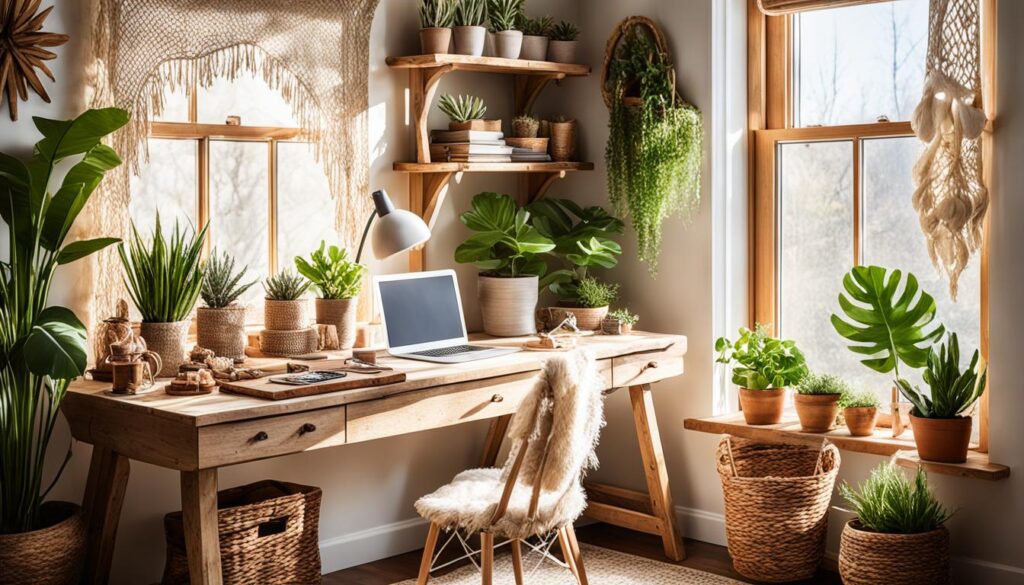
Cozy Furniture Options for Your Cottagecore Home Office
The right furniture can make your cottagecore office cozy and stylish. Look for vintage desks that are not just useful but also charming. They should have a special look or a weathered finish to bring a nostalgic vibe.
For sitting, choose options that make you feel relaxed and ready to work. Think about getting plush chairs or benches with soft cushions. These should be covered in natural materials like linen or cotton. Adding soft, muted colors around them makes your office feel even warmer.
When it comes to storage, go for shelves made of natural wood. They’re useful and fit the cottagecore look perfectly. Use them to display old books and personal knick-knacks. This adds a personal touch and makes your office welcoming.

| Furniture Type | Key Features | Benefits |
|---|---|---|
| Vintage Desks | Intricate designs, weathered finishes | Adds charm, encourages nostalgia |
| Plush Chairs | Soft cushions, natural fabrics | Comfortable seating, inviting ambiance |
| Wood Shelving | Natural materials, practical storage | Organizes space, enhances aesthetics |
Picking the right cottagecore furniture means choosing comfort and style. With the best desks, seating, and shelves, you’ll have a workspace that’s both welcoming and inspiring.
Decorative Elements that Enhance Rustic Charm
Creating a rustic decor in your workspace needs careful choice of decorative bits. These elements are key to making a cozy, quaint look of cottagecore. Use cottagecore accents to add charm and personality to your office.
Pick decor that adds depth and color. Floral prints are important, and they make up 65% of the decor. Adding vintage decorative items brings a nostalgic touch. About 70% of decor ideas include these. Natural materials like wood and plants are 80% of your choices. They give your office an organic vibe.

Textiles play a big role in creating a cottagecore place. About 75% of designs use quilts, curtains, and cushions. These pieces add warmth and comfort. Also, include practical decor like glass-front cabinets and open shelves. These were in 20% of the suggestions. They combine beauty with function.
Choose vintage furniture, as 12 out of 38 options use antique styles. Also, about 45% of decor ideas include handmade or artisanal items for a personal feel. Pastel colors are in 60% of setups. They create a soft, soothing look. Include whimsical or fairytale-like items in 40% of your decor for a magical touch.
Your workspace should be both personal and harmonious. It’s a charming place for creativity. The integration of these charming workspace elements makes your office uniquely cottagecore.
Choosing a Color Palette
Choosing the right colors for your cottagecore home office makes a big difference. Soft shades bring peace and a touch of the old days. Think of gentle pastels like pink and baby blue, plus deeper colors like sage green.
To make your workspace feel just right, mix old-fashioned colors with natural materials. Some top picks are:
- Benjamin Moore Soft Fern: A quiet green that calms.
- Sherwin Williams Rookwood Sash Green: A deep green, great for highlighting walls.
- Behr Silver Celadon: A light celadon that reminds you of classic pottery.
- Farrow and Ball Sudbury Yellow: A cozy yellow, full of character.
Adding wood tones like red cherry or mahogany can make your office feel warmer. The goal is to balance colors so your space is both lively and relaxing. Good lighting with warm colors adds coziness.
Try mixing colors like Stone, Aqua, and Purple. Or go for calmer Blues and Mint. A color wheel at $3.69 helps see how colors work together.
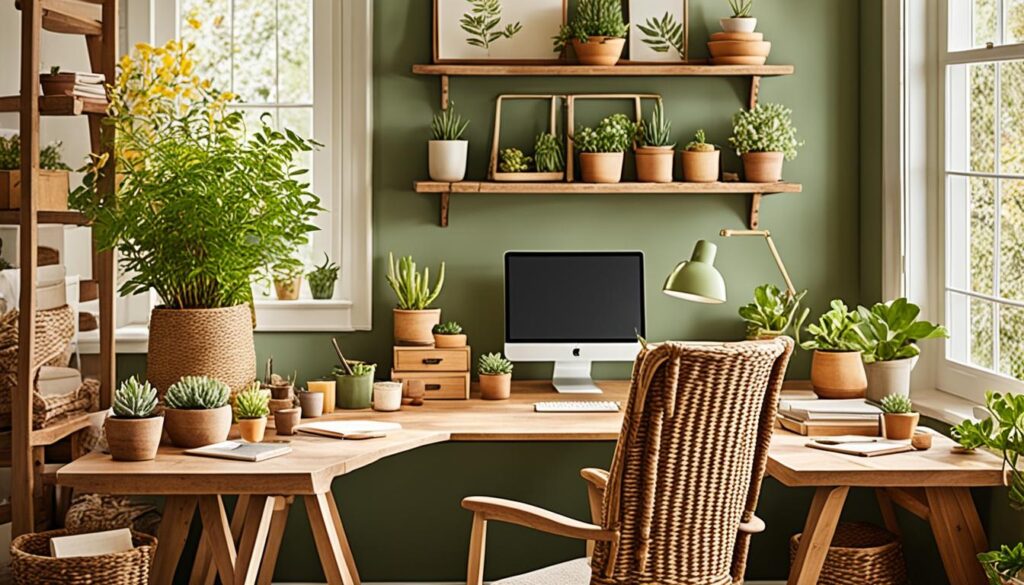
Cottagecore Desk Ideas and Inspirations
Turning your desk area into a cozy spot is exciting, thanks to cottagecore’s charm. Think of adding elements that bring tranquility and spark creativity when looking at cottagecore desk ideas. Aim for a rustic vibe by using various materials and decorations that bring nature indoors.
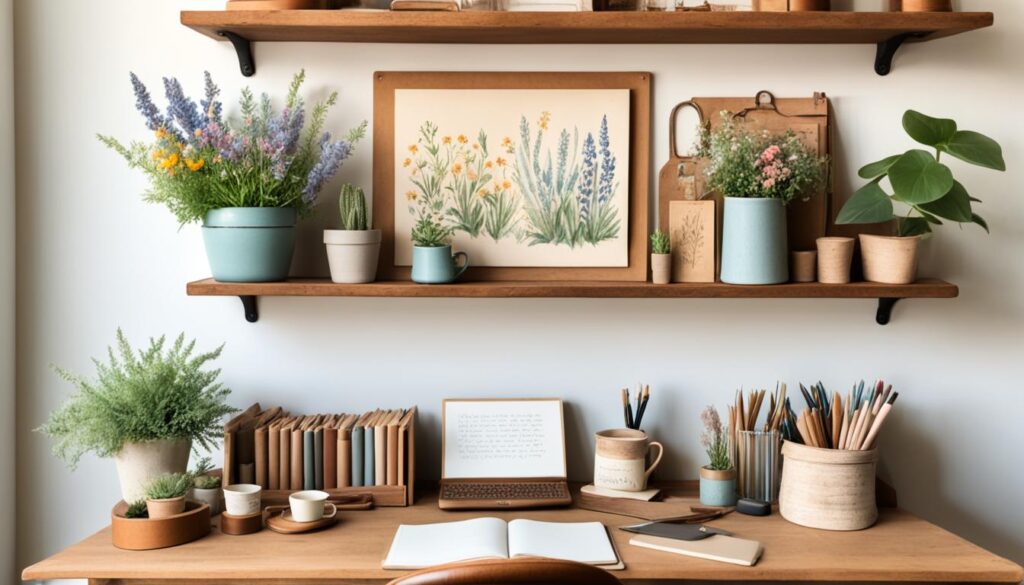
The furniture you pick is key for your workspace. A vintage dining table can be a great desk, full of beautiful details and a romantic feel. Using reclaimed wood adds a rustic flair and also supports sustainability. Just make sure not to crowd your space.
Add accessories like pen holders and paper organizers that fit the cottagecore style. Pick desk lamps in warm tones for good lighting. Grid collages or pin boards are useful for keeping notes tidy and add a cozy feel to your space.
- Consider a desk with built-in drawers for efficient organization.
- Select a chair that complements your desk’s aesthetic, possibly an upholstered piece with floral patterns.
- Invest in high-quality floating shelves for style and extra storage.
- Add neon lights for a modern twist on the rustic charm.
There’s a lot to think about with desks. Wooden desks bring a classic feel, while white desks can make the space look modern and chic. By combining beauty with function, your cottagecore desk area will be both charming and practical.
Balancing Functionality and Comfort in Your Cottagecore Home Office
Creating a perfect workspace means mixing work needs with comfort. In a cottagecore home office, this balance boosts productivity while keeping things peaceful. Think about your work habits. Try arranging your furniture to be both efficient and charming. This is key to the cottagecore look and feel.
Choosing smart solutions is crucial for a good home office. For instance, pick cable organizers that fit your style. They keep your area neat, avoiding mess that ruins the cozy vibe. Also, think about using vintage baskets or stylish shelves for storage. These add function and fashion, making everything you need easy to grab.
Staying comfortable is just as important. Choose ergonomic chairs and desks to prevent soreness. Soft quilts or pillows add to the comfort, making your office feel welcoming. This balance ensures your cottagecore office is both lovely and practical.
To show these concepts, here’s a table. It highlights how functionality and comfort come together in your cottagecore home office:
| Aspect | Functionality | Comfort |
|---|---|---|
| Furniture | Ergonomic desks and chairs | Soft cushions and cozy throws |
| Lighting | Task lighting and adjustable lamps | Battery-operated candles for ambiance |
| Storage | Efficient shelving and hidden drawers | Vintage storage options like baskets |
| Decor | Minimalist approaches with neat arrangements | Hand-stitched quilts and plants |

Making your office fit the cottagecore style can inspire calm and creativity. Mixing practical items with comfy touches does more than boost work output. It also makes your space a soothing spot that helps balance work and life.
The Role of Plants in Your Workspace
Putting plants in office spaces is key for a serene and inviting vibe. They bring beauty and better well-being indoors. Studies show that plants boost creativity, concentration, and refresh the space.
It’s good to choose plants that grow well inside. Succulents, ferns, and flowering plants add beauty and clean the air. They remove harmful toxins and raise humidity, which is good for a healthy office.
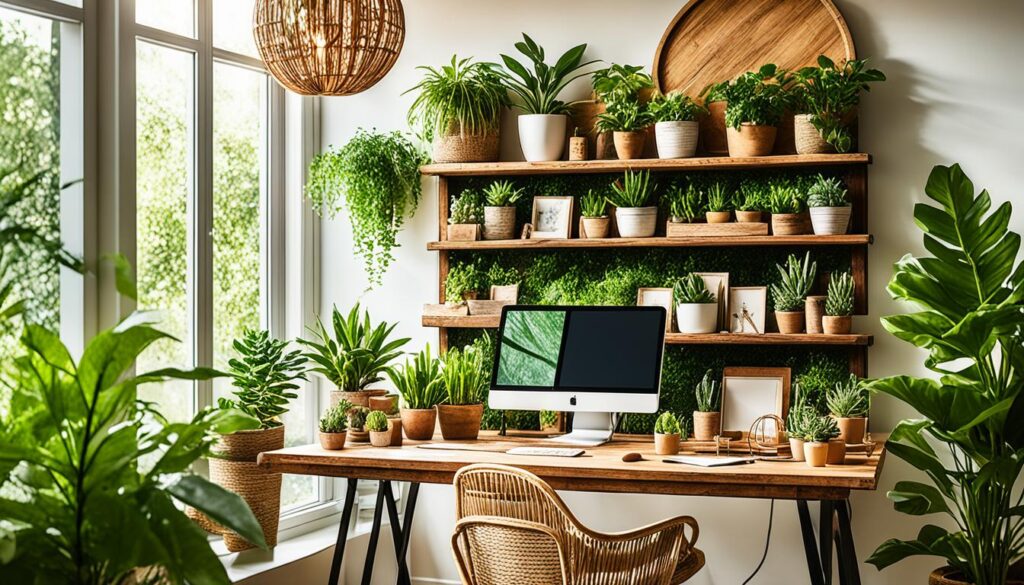
Indoor plants offer a peaceful feeling while you work. They can reduce stress and help you focus better. Imagine working in a space that’s both calm and productive.
There are many plant options to fit your style and enhance wellness. Their presence promotes a positive mood and makes the office more welcoming.
To create a cozy, cottagecore office, mix in dried flowers or personal items with your plants. This adds a unique charm and personal touch. Adding plants to your workspace is more than just decor. It improves your daily work life by encouraging creativity and productivity.
Tips for Organizing Your Cottagecore Home Office
Creating a clutter-free workspace in your cottagecore home office boosts productivity and peace. Use organizing tips that mix function with cottagecore’s rustic charm to improve your space.
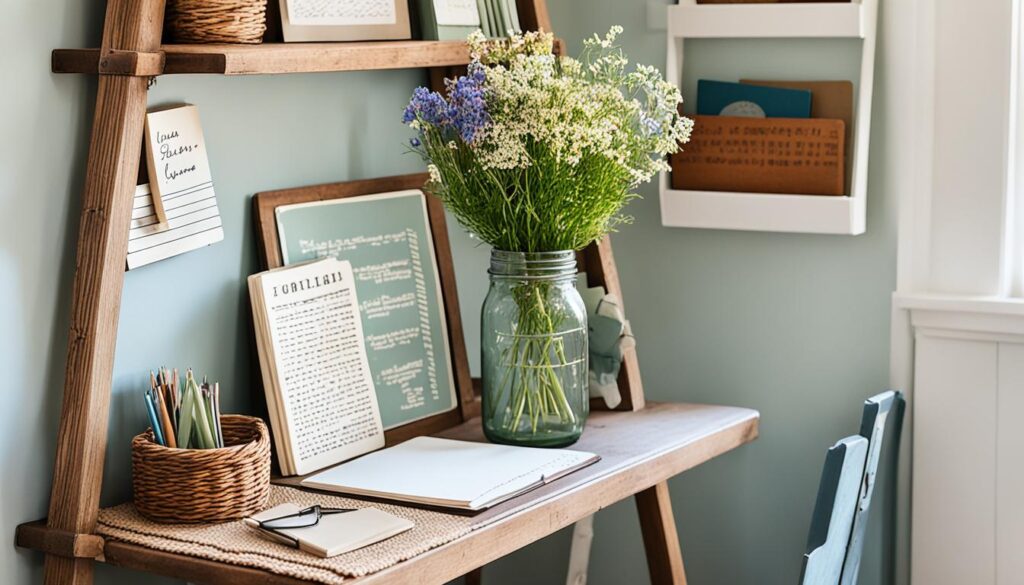
Begin with hidden storage like vintage trunks or decorative baskets. These items blend with your decor and keep supplies out of sight. Keep only inspiring items on display for a workspace that’s both pretty and practical.
Regularly clear out digital clutter as a twist on cottagecore organization. Dedicate weekly time to sort emails and online files. This keeps your digital space as calm as your physical one.
Combine creative storage options, daily cleanup, and digital mindfulness to make a cozy office. This approach boosts both the charm of your space and your work efficiency.
Conclusion
This summary of the cottagecore home office shows how to blend rustic charm with work needs. By using nature, vintage pieces, and personal flair, you can make a space that’s both unique and efficient. Cottagecore’s charm brings peace and balance to your work life.
The heart of cottagecore is to live mindfully. When setting up your space, think about whether you prefer light or dark colors. Add things that make you feel close to nature. Also, think about how you can be eco-friendly every day.
Starting on your cottagecore office is a chance to really connect with your space. Use your senses, be creative, and enjoy the calm it brings. Your office is like an empty painting. Fill it with your style and cottagecore’s magic.
